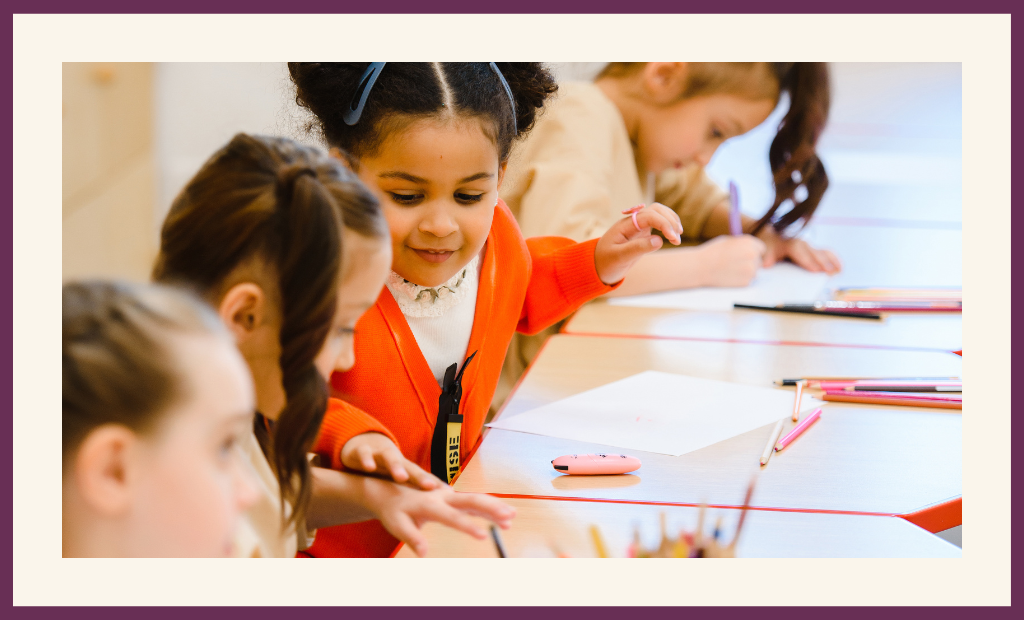Is there really any difference between ‘diversity’ and ‘inclusion’?
It is often the case that these two terms are used interchangeably.
Let’s explore the differences between them…
If you are a professional, parent or carer interacting with 3-7-year-olds, you may not be absolutely sure you understand what the difference is between these two terms. This blogpost is here to help! We offer you a definition of each of these terms, explain why both of them are so important during the early years, and then go on to offer some ideas and suggestions for how you can promote positive diversity awareness and inclusion to your young children.
‘Diversity’ and ‘Inclusion’: What do they mean?
Diversity is recognising, respecting, and welcoming everyone’s different backgrounds, identities, and experiences. Promoting diversity celebrates people’s differences and uniqueness.
Inclusion is valuing each other’s differences; encouraging everyone to retain their uniqueness, ensuring they aren’t singled out for being different but instead have a sense of belonging and of being valued.
Why are diversity and inclusion important in early years settings?
Done well, diversity and inclusion help children to feel welcomed, valued, safe, and part of their school-family; they develop a sense of belonging.
Diversity is having a seat at the table, inclusion is having a voice,
and belonging is having that voice be heard.”
(Liz Fosslien)
As educators and carers of 3-7-year-olds, our goal is to create these diverse and inclusive environments where our children feel they belong and can thrive.
How to promote diversity and inclusion in your setting:
- Policy: Plan for your setting to be welcoming to all, regardless of religious beliefs, ethnicity, gender, economic status, or abilities.
- Attitude: Create an environment where individual differences are recognised, respected, and valued as strengths.
- Opportunities: Hold high expectations for all children, providing additional support (if required), to help each child reach their full potential.
- Access: Ensure learning activities can be tailored to meet each child’s personal needs without anyone being separated from their cohort.
- Communication: Foster positive relationships and attitudes throughout the school, with parents, and the local community; showing a willingness to challenge stereotyping and prejudices should they arise.
Dr Clare Seymour
Clare has spent much of her professional career (over 30 years) in international settings. Part of her Doctoral research involved exploring the often hidden aspects of institutional racism. As a result she has a longstanding interest in, and passion for, promoting positive Diversity.
In addition to school music-teaching, Clare also has over 10 years’ experience working as an international music examiner – an understanding and respect for Diversity is so crucially important in every aspect of her practice.


